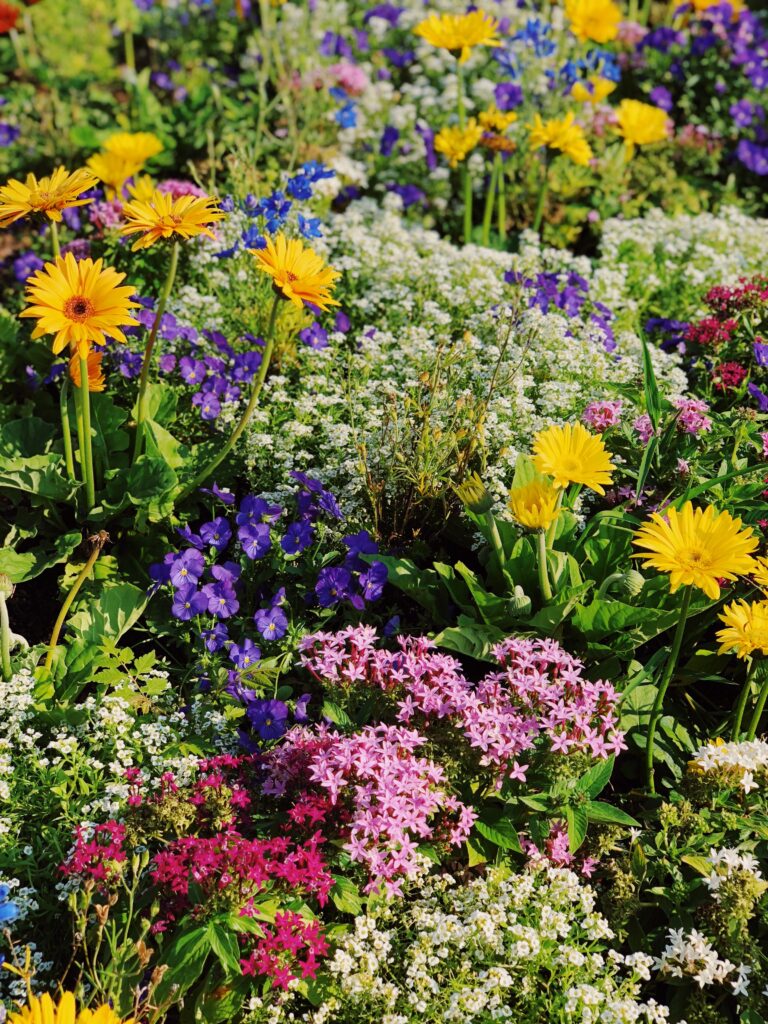Color theory plays a crucial role in the design of perennial flower gardens. By understanding the principles of color theory, gardeners can create visually appealing and harmonious garden designs that showcase the beauty of their plants. Incorporating the right colors in your garden can evoke different moods, create focal points, and enhance the overall aesthetic appeal of your outdoor space. In this article, we will explore how to effectively use color theory in perennial flower garden design to create stunning and vibrant landscapes.
The Basics of Color Theory
Before delving into the specifics of using color theory in garden design, it’s essential to understand the basics of color theory. The color wheel is a valuable tool that can help gardeners identify different color relationships and combinations. The color wheel consists of primary colors (red, blue, yellow), secondary colors (orange, green, purple), and tertiary colors (created by mixing primary and secondary colors). Complementary colors, analogous colors, and triadic colors are some of the key color schemes that can be used to create visually appealing garden designs.

Creating Harmony with Color
Harmony is a fundamental principle in garden design, and color plays a significant role in achieving harmony in your perennial flower garden. One way to create harmony is by using a monochromatic color scheme, which involves using variations of a single color. This creates a sense of unity and cohesion in the garden. Another approach is to use analogous colors, which are colors that are adjacent to each other on the color wheel. Analogous color schemes create a harmonious and soothing effect in the garden.

Adding Contrast and Drama
While harmony is essential in garden design, adding contrast can create visual interest and drama in your perennial flower garden. One way to introduce contrast is by using complementary colors, which are colors that are opposite each other on the color wheel. Pairing complementary colors such as purple and yellow or red and green can create a striking and vibrant display in the garden. Contrast can also be achieved by combining light and dark colors or warm and cool colors to create visual impact.

Creating Focal Points
Color can be used to create focal points in your perennial flower garden, drawing attention to specific areas or plants. By using bold and vibrant colors sparingly in strategic locations, such as at the entrance of the garden or along pathways, you can create focal points that guide the viewer’s eye and create visual interest. Focal points can help break up the monotony of a garden and highlight the beauty of specific plants or features.

Conclusion
In conclusion, color theory is a powerful tool that can elevate the design of your perennial flower garden. By understanding the principles of color relationships and combinations, you can create harmonious, vibrant, and visually appealing garden designs that showcase the beauty of your plants. Whether you prefer a monochromatic scheme for a serene and unified look or a contrasting scheme for added drama, incorporating color theory into your garden design can transform your outdoor space into a stunning oasis of color and beauty. Experiment with different color combinations, observe how they interact with each other and with your plants, and let your creativity flourish in designing a perennial flower garden that is a true reflection of your style and personality.



